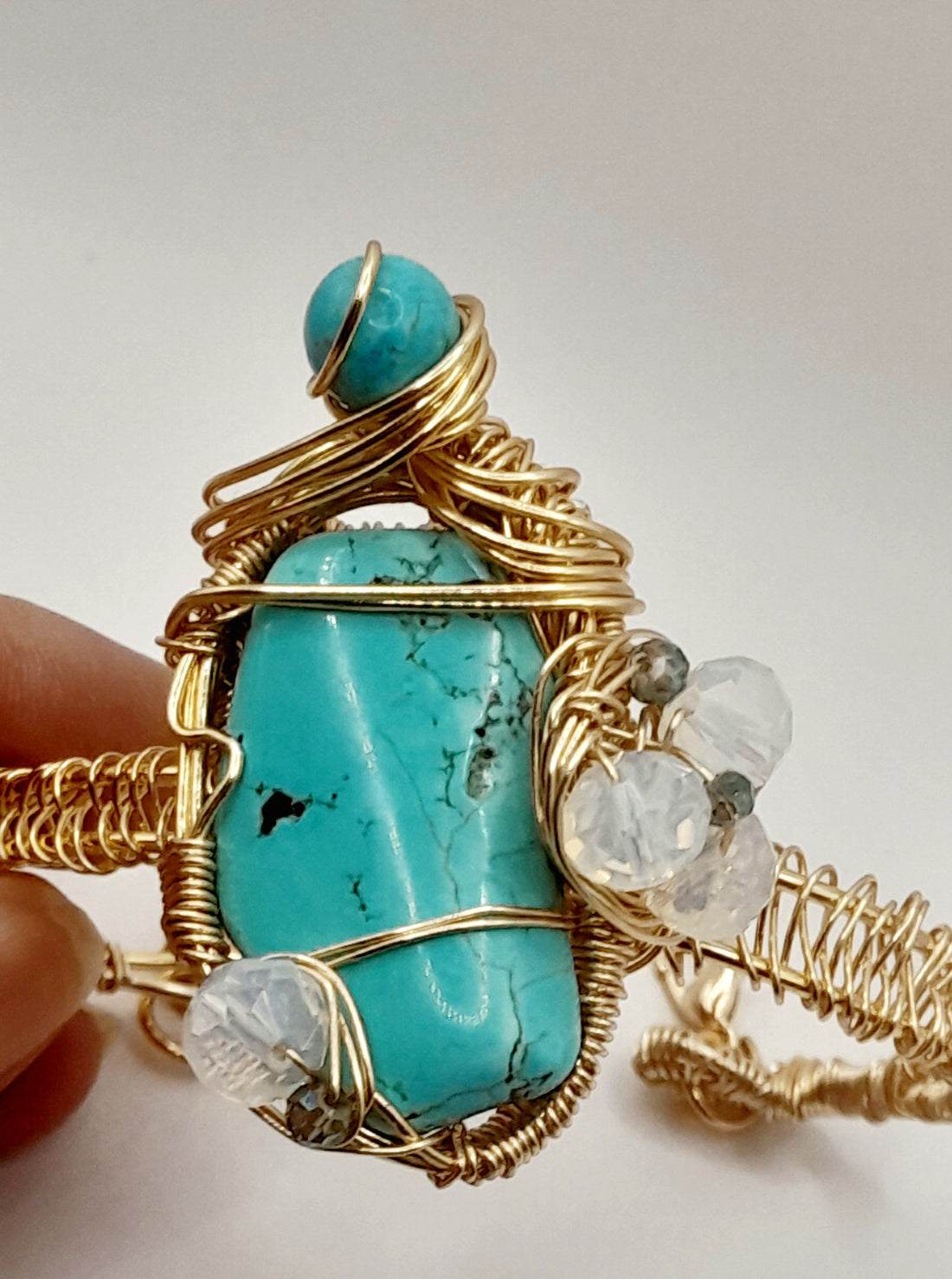
Turquoise: The Importance of Turquoise in Western Culture
Share
Turquoise holds a special place in Western culture, revered not only for its beauty but also for its deep historical and cultural significance. This vibrant gemstone’s importance is rooted in mining and trading, its connection to Indigenous peoples, and its rich symbolism.
Mining and Trading
New Mexico became a central hub for turquoise mining and trading due to its strategic location at the crossroads of various trade routes. Traders from all directions would converge here, making it a bustling marketplace for turquoise. The region's abundant turquoise deposits made it a natural center for this trade, fostering economic growth and cultural exchanges.
Indigenous Connection
For Indigenous peoples, especially Native Americans, turquoise is a sacred and spiritual gemstone. It was highly valued and used in various ceremonial contexts, adorning everything from jewelry to ceremonial objects. Turquoise was believed to have powerful protective and healing properties, connecting the wearer to the sky and the earth. Its use in Native American culture goes beyond adornment, symbolizing a deep spiritual connection and reverence for nature.
Symbolism
Turquoise is laden with symbolism, both for Native Americans and Europeans. Among Native Americans, it was considered a stone of good luck and protection. They believed it brought health and happiness and was often used in amulets to ward off negative energy. Europeans, who later adopted the stone into their own traditions, believed that turquoise could protect riders and their horses. This belief added an extra layer of mystique and value to the gemstone, integrating it further into Western lore.
Turquoise is more than just a beautiful stone; it is a cultural emblem that has shaped and been shaped by the history of the American West. Its importance in mining and trading, deep Indigenous connections, and rich symbolism make it a treasured gem that continues to captivate and protect.
